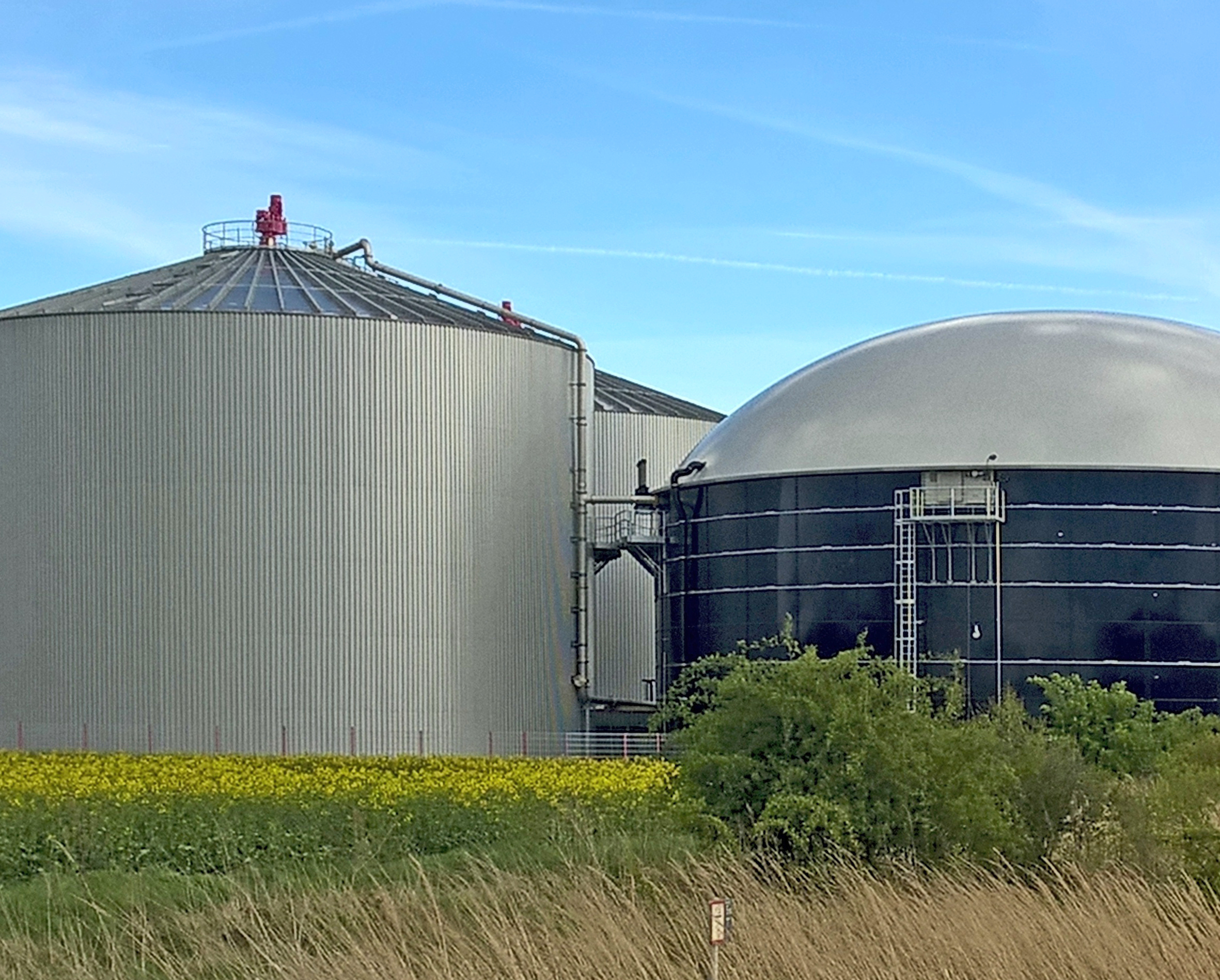RENEWABLE ENERGIES
construction projects in this area almost always rely on materials that have properties such as high strength, relatively low weight, corrosion resistance and also low maintenance requirements. For example, the substructures of solar plants are a very good field of application for GRP, but also many elements of biogas plants and pumped-storage power plants. The very long blades of wind turbines have been reinforced on the inside with
carbon profiles
without which they would not withstand the enormous physical loads.
These plants are always exposed to weather conditions and therefore material that can withstand them for as long as possible is a good investment.
Solar systems
Solar plants need substructures that are as durable as possible and whose material is easy to process. In the case of very large installations, the renewal of the substructure is associated with a considerable amount of work and thus high costs. A decision in favor of composites always pays off here.
Biogas plants
are complex technical constructions in which e.g. corn silage, liquid manure and household waste are used to create a substrate that is processed into biogas by fermentation. Many building components here are in chemically aggressive and humid environments. GRP is also recommended here.
Pumped-storage power plants
As in all structures in the vicinity of water, designers place particular emphasis on building materials that are resistant to corrosion, while at the same time offering material properties such as high strength, UV resistance and freedom from maintenance. Composites are therefore the first choice.
Wing reinforcement
The blades of wind turbines can easily have a length of 80 to 100 meters. For weight reasons, they are hollow on the inside and since very strong forces act on them, they would break without additional effective internal reinforcement. Flat profiles made of carbon fiber composites, CFRP, are suitable for this purpose. These are very light with high stability.




